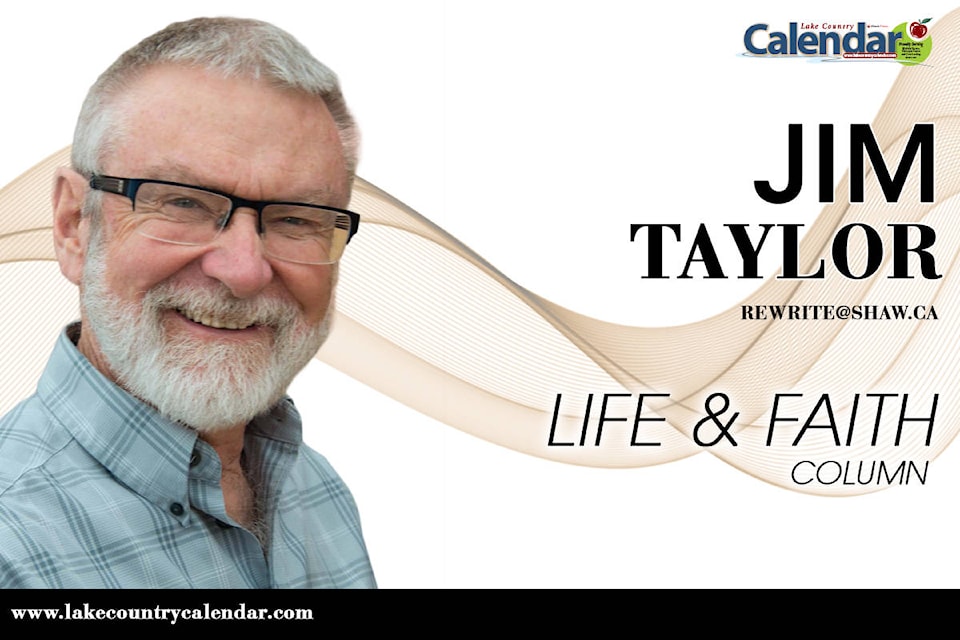I’m sitting in a chair. No, that’s not quite right. I think I’m sitting in a chair, but quantum physics tells me there’s really no chair there at all, just infinitesimal packets of energy whizzing around that can only be described as probabilities. And of course, I’m also just a collection of probabilities. So there’s no me sitting in something that isn’t a chair.
It makes me wonder who or what is the “I” that’s wondering all these things.
At the other end of reality, I learn about a universe that’s some 14 billion years old, and more than 28 billion light-years across. Like an ancient psalm writer, I wonder, “Who am I, that anyone should think I matter?”
I can’t comprehend a billion of anything, whether time or distance.
In her book A God That Could Be Real, author Nancy Ellen Abrams imagined a continuum. One end was the micro- and nano- level—particles and principles too small for us to get our minds around. The other end was the macro-level—distances and forces too great for us to imagine.
We humans, she suggested, can only think of realities more or less related to our own size. Wherever anything is on that infinite spectrum, it can only deal with a certain range on either side of its own reality.
We can, perhaps, imagine life as an ant. But almost certainly not as a bacterium. Similarly, we might imagine life as an elephant, perhaps as a tree. But an ant cannot imagine life as a human, let alone a whale. And none of us can imagine what it would be like to be a volcanic island in the Pacific, or a black hole in space.
Some, by specialized training, can see farther into the surrounding fog than the rest of us can. Abrams’ husband, for example, discovered the “dark matter” that fills the universe. But the rest of us live inside our own bubble of visibility.
That bubble is mirrored in theories of psychological and moral development. Maslow, Kohlberg, and Erikson all suggest that people can usually empathize with one or two levels back from their current status; they may almost understand the next level up. But no farther.
Thanks to the data storage of literacy, our bubbles can extend beyond our own life experience. Our reality can include the wisdom and experience of humans in ancient Greece and the Middle East. But the reality of Neanderthals in Europe? Of Aboriginals in Australia? Not likely.
And we can’t—or don’t try—to imagine the life cycle of entities other than individual humans. Of a city, for example. A civilization. A planet.
Yet civilizations and communities create their own bubbles. Arlin Rothauge analyzed church communities, for example. He identified four classes, from the smallest “family” churches to the largest “corporate” churches. Each inhabits its own bubble of reality, where any significant shift in size, worship, or theology inevitably leads to internal trauma.
I suspect that most of us resist expanding our bubbles. Because beyond our own bubbles of reality lies the unknown. Like the blank spaces on maps that ancient map-makers called terra incognita. Sometimes they added, “Here be demons.”
Maybe demons.
Maybe possibilities.
It’s a matter of attitude.
Author Jim Taylor lives in Lake Country: rewrite@shaw.ca
